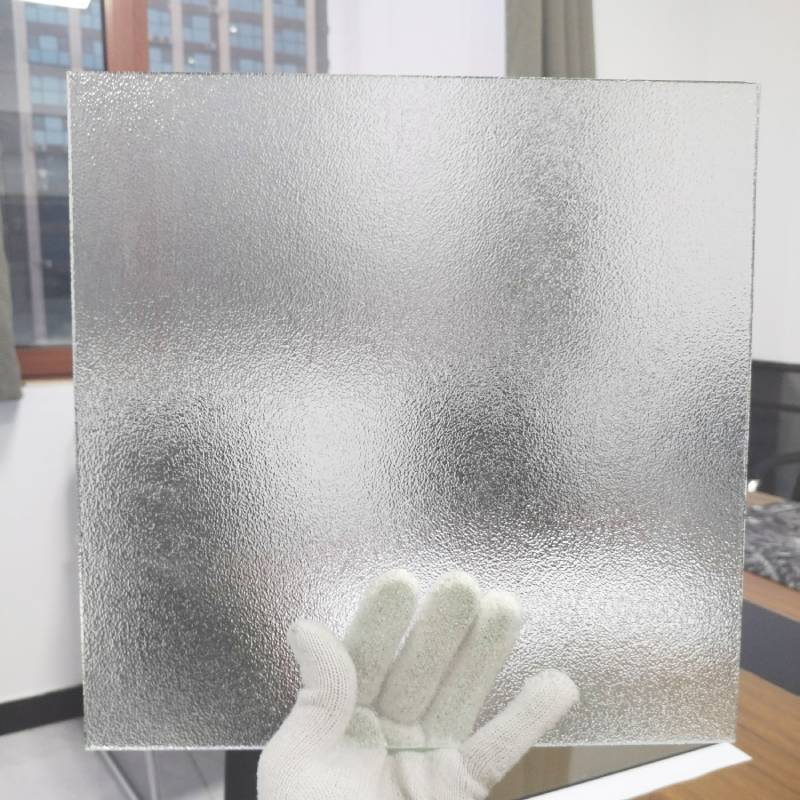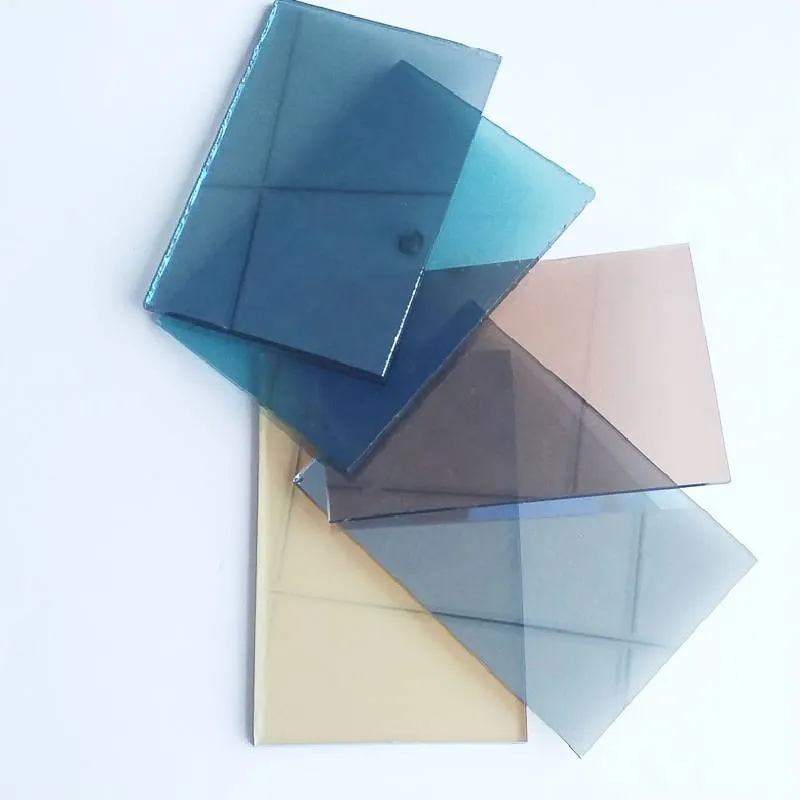The float glass manufacturing process is an innovative and precise production method that holds a significant place in modern industry due to its efficiency and high-quality outputs. This advanced process involves several crucial steps, each contributing to the production of flawless sheets of glass which are essential in various applications ranging from architecture to automotive and beyond.

At the onset of the float glass manufacturing, raw materials such as silica sand, soda ash, limestone, and dolomite are meticulously weighed and mixed in precise proportions. These materials are fundamental as they form the glass's chemical structure and impart necessary properties. The mixture is then fed into a furnace that operates at an astonishing temperature, often exceeding 1700°C. This high temperature ensures that the raw materials melt thoroughly, creating a homogenous, molten glass mixture free of imperfections.
Once the melt attains the desired consistency, it is gently poured onto a bath of molten tin. Herein lies the ingenuity of the float glass process; the tin bath provides a perfectly flat and level surface due to its high density compared to molten glass.
As the glass floats on this liquid tin, it naturally spreads out and forms a uniform thickness. This floating process is critical, as it eliminates the need for mechanical rollers which might otherwise impart imperfections or irregularities on the glass surface.

The glass then undergoes a controlled cooling phase known as annealing, facilitated in a structure called a lehr. This step is paramount as it removes internal stresses within the glass, avoiding future breakage or warping when subjected to temperature changes or mechanical stress. The annealed glass emerges from the lehr with enhanced strength and durability, marking it ready for further processing or direct distribution.
float glass manufacturing process
One remarkable aspect of float glass is its versatility. Once the basic glass sheet is produced, it can be customized in numerous ways to meet specific industry requirements. Techniques such as lamination, coating, or tempering can be applied, each delivering unique properties suitable for different applications. For example, tempered glass, which is cooled rapidly, is used where safety is paramount due to its tendency to shatter into small grains rather than sharp shards when broken.
The expertise involved in the float glass process does not only lie in the chemistry and mechanics of its production but also in the sustainability measures implemented. Modern manufacturing plants are equipped with technologies designed to minimize emissions and recycle materials. This reflects a commitment not only to quality and expertise but also to environmental stewardship.
In conclusion, the float glass manufacturing process exemplifies a blend of scientific precision and industrial innovation. It stands as a testament to human ingenuity, delivering a product that is both versatile and essential across a multitude of sectors. This process is not only about producing a material but doing so with a commitment to expertise, quality, and environmental responsibility, ensuring trustworthiness in every sheet of glass produced.
 Afrikaans
Afrikaans  Albanian
Albanian  Amharic
Amharic  Arabic
Arabic  Armenian
Armenian  Azerbaijani
Azerbaijani  Basque
Basque  Belarusian
Belarusian  Bengali
Bengali  Bosnian
Bosnian  Bulgarian
Bulgarian  Catalan
Catalan  Cebuano
Cebuano  Corsican
Corsican  Croatian
Croatian  Czech
Czech  Danish
Danish  Dutch
Dutch  English
English  Esperanto
Esperanto  Estonian
Estonian  Finnish
Finnish  French
French  Frisian
Frisian  Galician
Galician  Georgian
Georgian  German
German  Greek
Greek  Gujarati
Gujarati  Haitian Creole
Haitian Creole  hausa
hausa  hawaiian
hawaiian  Hebrew
Hebrew  Hindi
Hindi  Miao
Miao  Hungarian
Hungarian  Icelandic
Icelandic  igbo
igbo  Indonesian
Indonesian  irish
irish  Italian
Italian  Japanese
Japanese  Javanese
Javanese  Kannada
Kannada  kazakh
kazakh  Khmer
Khmer  Rwandese
Rwandese  Korean
Korean  Kurdish
Kurdish  Kyrgyz
Kyrgyz  Lao
Lao  Latin
Latin  Latvian
Latvian  Lithuanian
Lithuanian  Luxembourgish
Luxembourgish  Macedonian
Macedonian  Malgashi
Malgashi  Malay
Malay  Malayalam
Malayalam  Maltese
Maltese  Maori
Maori  Marathi
Marathi  Mongolian
Mongolian  Myanmar
Myanmar  Nepali
Nepali  Norwegian
Norwegian  Norwegian
Norwegian  Occitan
Occitan  Pashto
Pashto  Persian
Persian  Polish
Polish  Portuguese
Portuguese  Punjabi
Punjabi  Romanian
Romanian  Russian
Russian  Samoan
Samoan  Scottish Gaelic
Scottish Gaelic  Serbian
Serbian  Sesotho
Sesotho  Shona
Shona  Sindhi
Sindhi  Sinhala
Sinhala  Slovak
Slovak  Slovenian
Slovenian  Somali
Somali  Spanish
Spanish  Sundanese
Sundanese  Swahili
Swahili  Swedish
Swedish  Tagalog
Tagalog  Tajik
Tajik  Tamil
Tamil  Tatar
Tatar  Telugu
Telugu  Thai
Thai  Turkish
Turkish  Turkmen
Turkmen  Ukrainian
Ukrainian  Urdu
Urdu  Uighur
Uighur  Uzbek
Uzbek  Vietnamese
Vietnamese  Welsh
Welsh  Bantu
Bantu  Yiddish
Yiddish  Yoruba
Yoruba  Zulu
Zulu 


